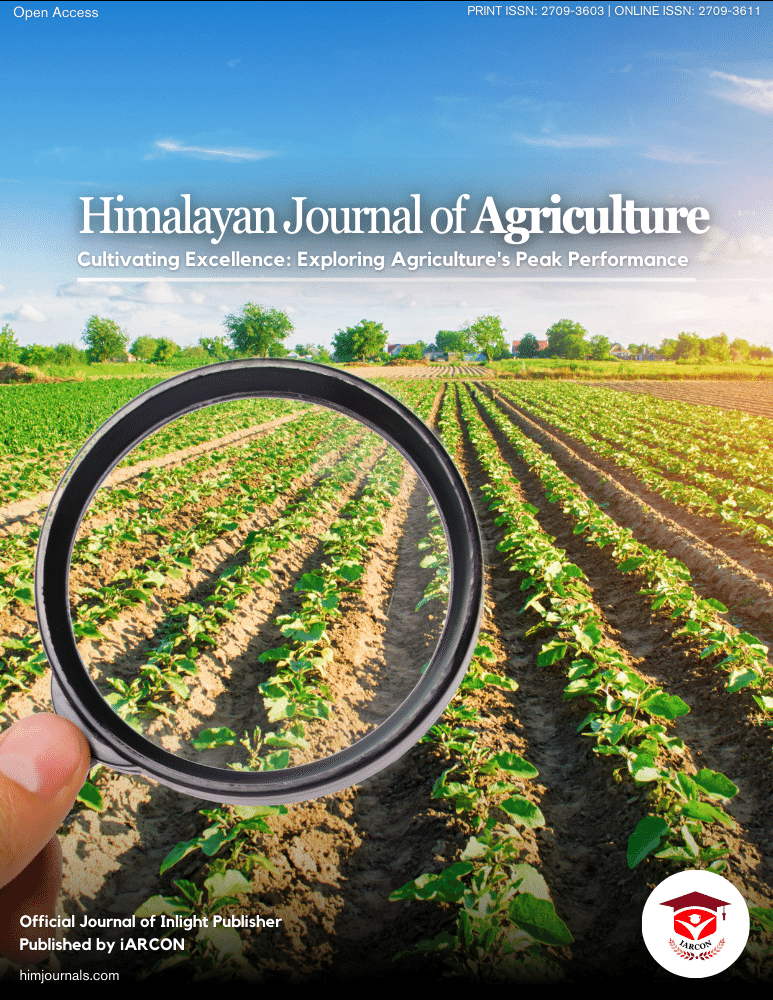Production and Price Risk Analysis of Laying Hens in Selopuro Village, Blitar District
Laying hens are a commodity that is favored by the community in meeting the needs of animal protein. In raising laying hens, there are several risks that must be considered. This study aims to analyze the source of the risk faced in laying hens, the level of risk priority, as well as the strategy of managing the risk of laying hens business conducted by laying hen farmers at the research site, namely Selopuro Village, Selopuro Subdistrict, Blitar District. Respondents to the study were conducted by census method of 62 laying hen husbandry. Fishbone Diagram was used to analyze root cause analysis. In analyzing the level of risk, Failure Mode and Effect Analysis (FMEA) was used, and management strategy was analyzed descriptively qualitatively related to livestock management. From the results of the study there are two sources of risk, which are production risk and price risk. The highest production risk is characterized by the presence of climate warming, disease attacks, weather changes, capital limitations, poor feed quantity and quality, as well as pest attacks. Meanwhile, the price risk is characterized by a decrease in egg price and an increase in feed price. Therefore, several strategies can be explained, namely by developing adaptive cages, preventing and handling pests and diseases, expanding distribution channels and establishing cooperation, and improving the quality of human resources.

